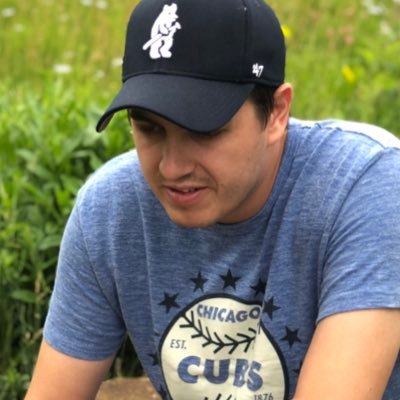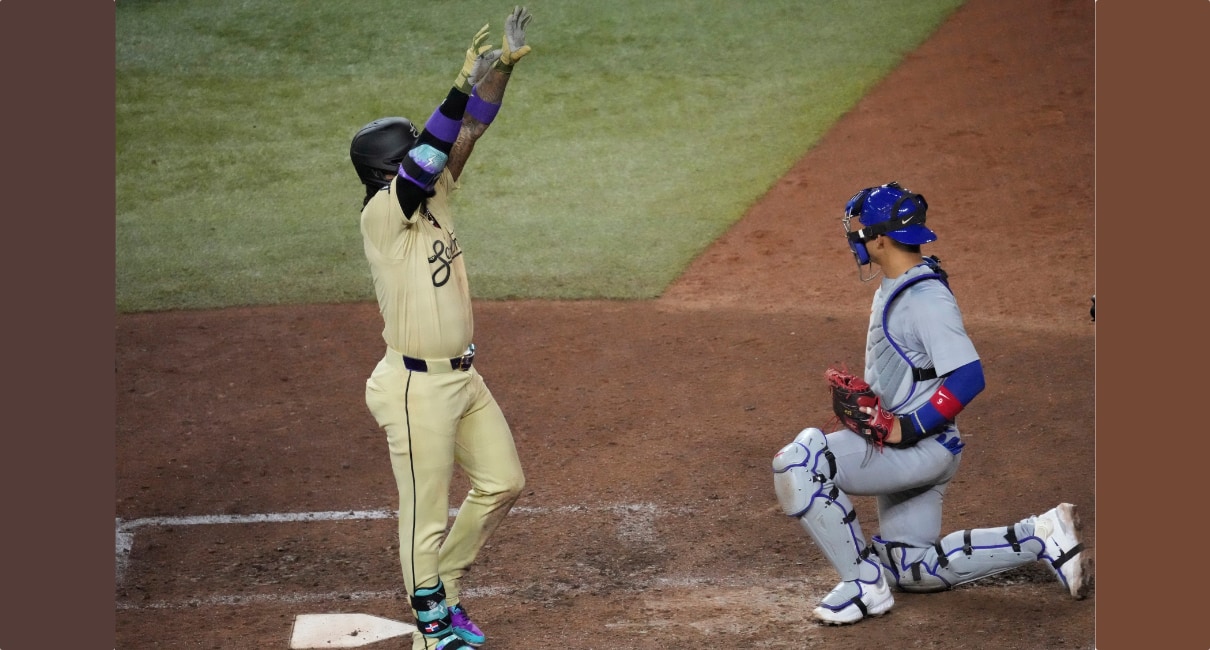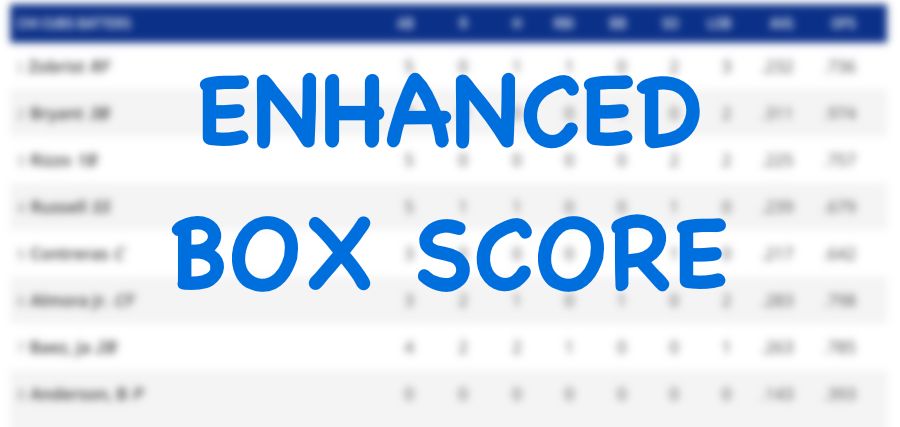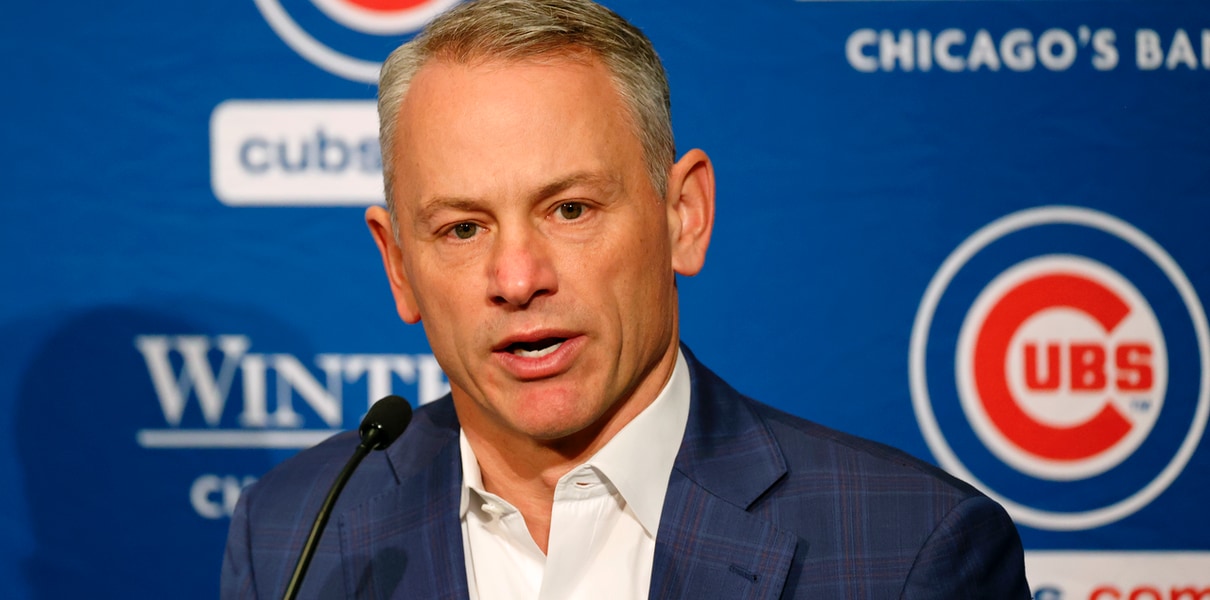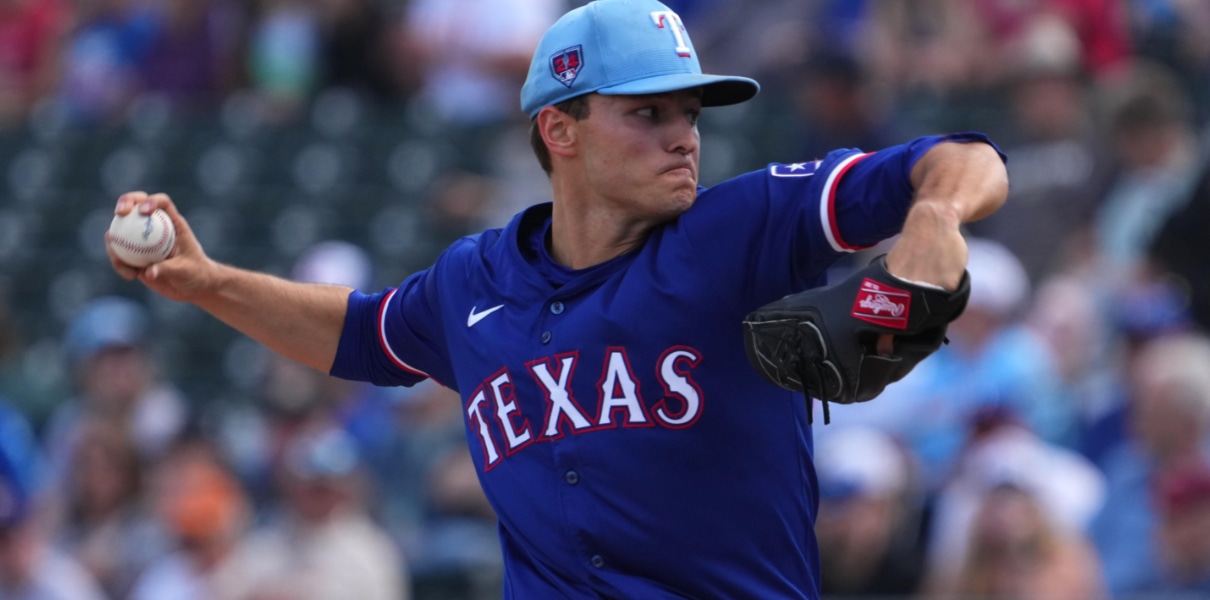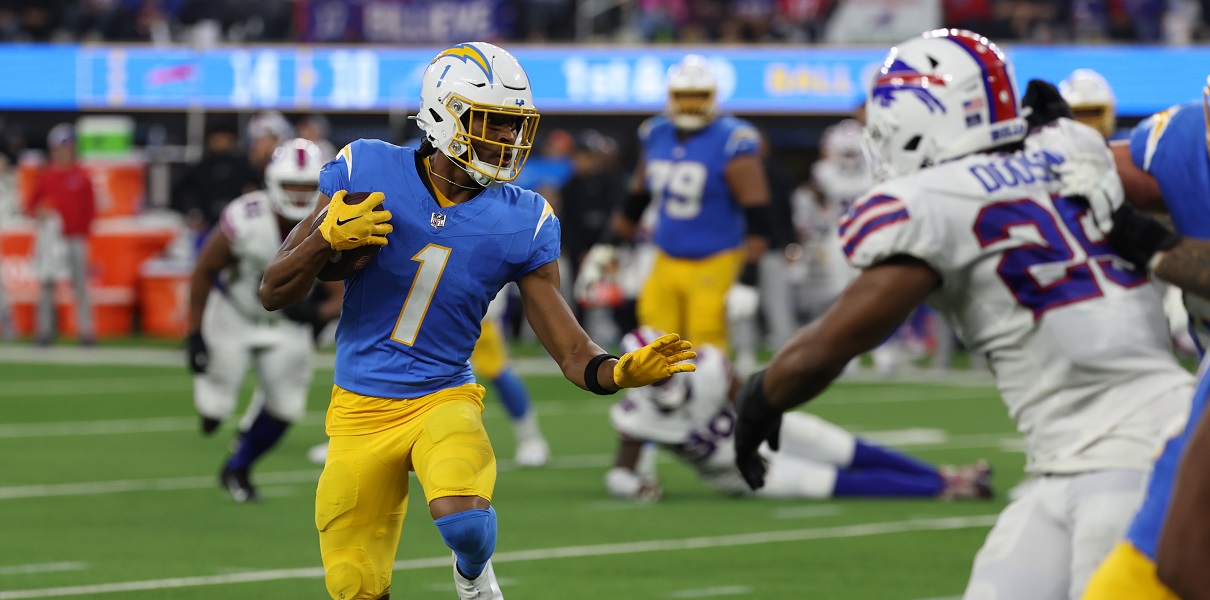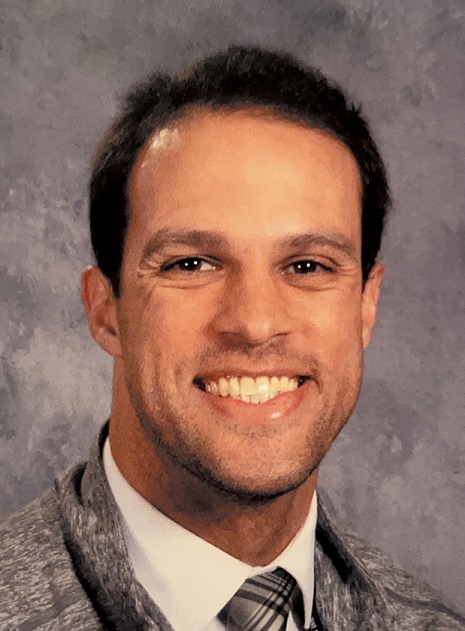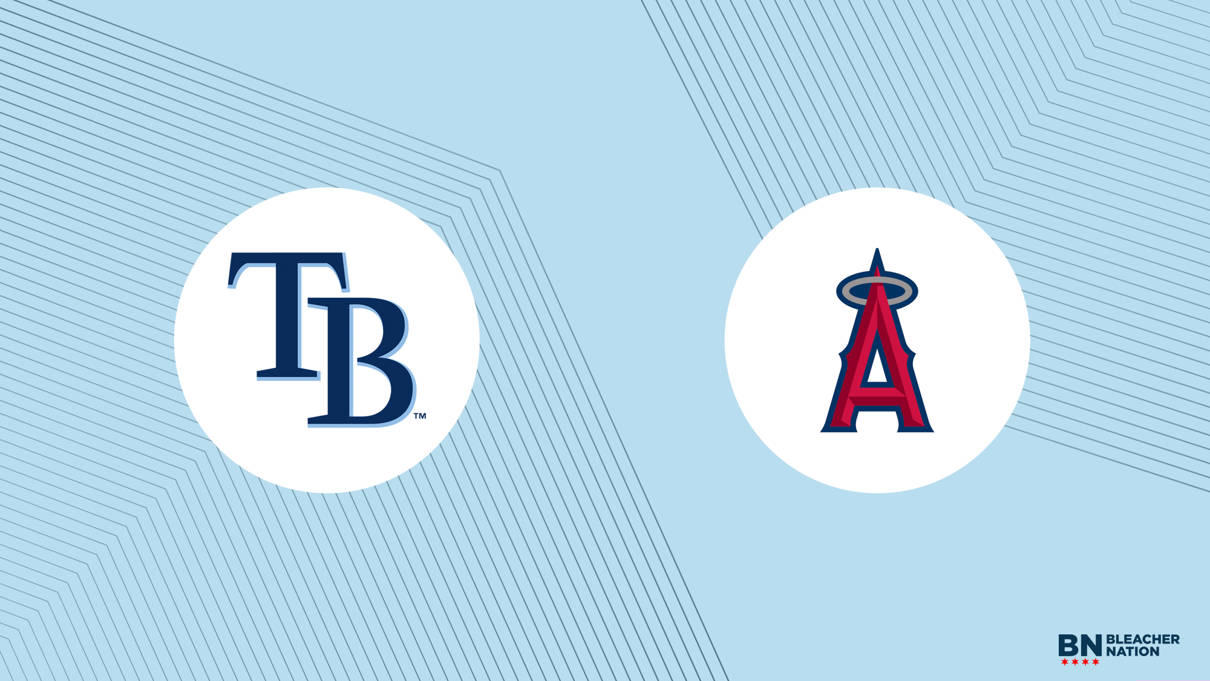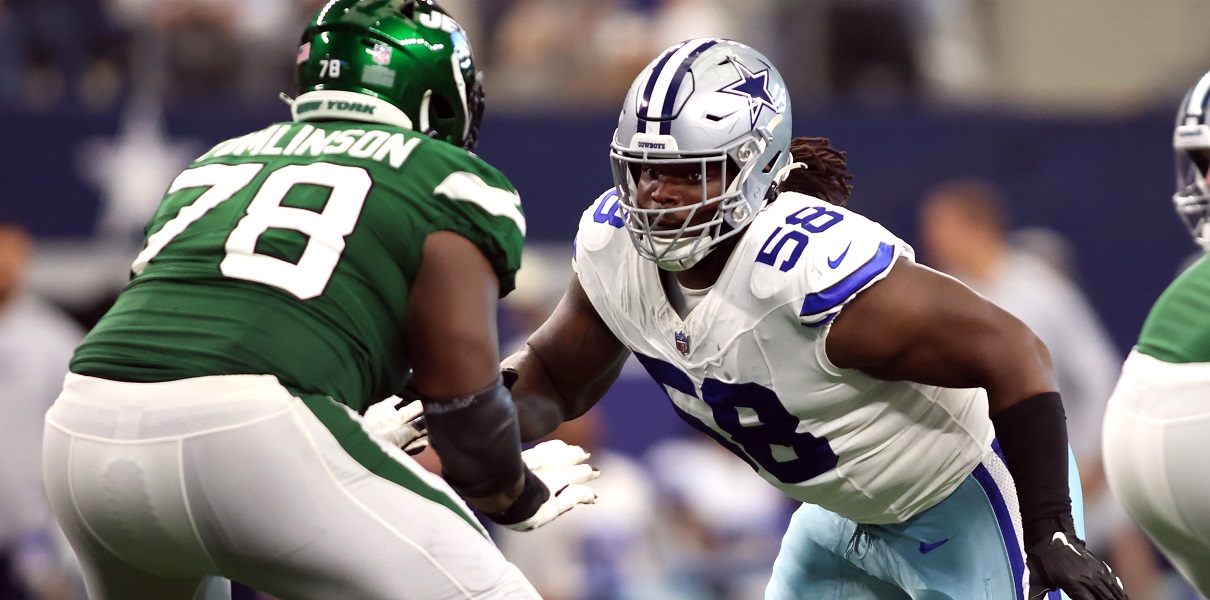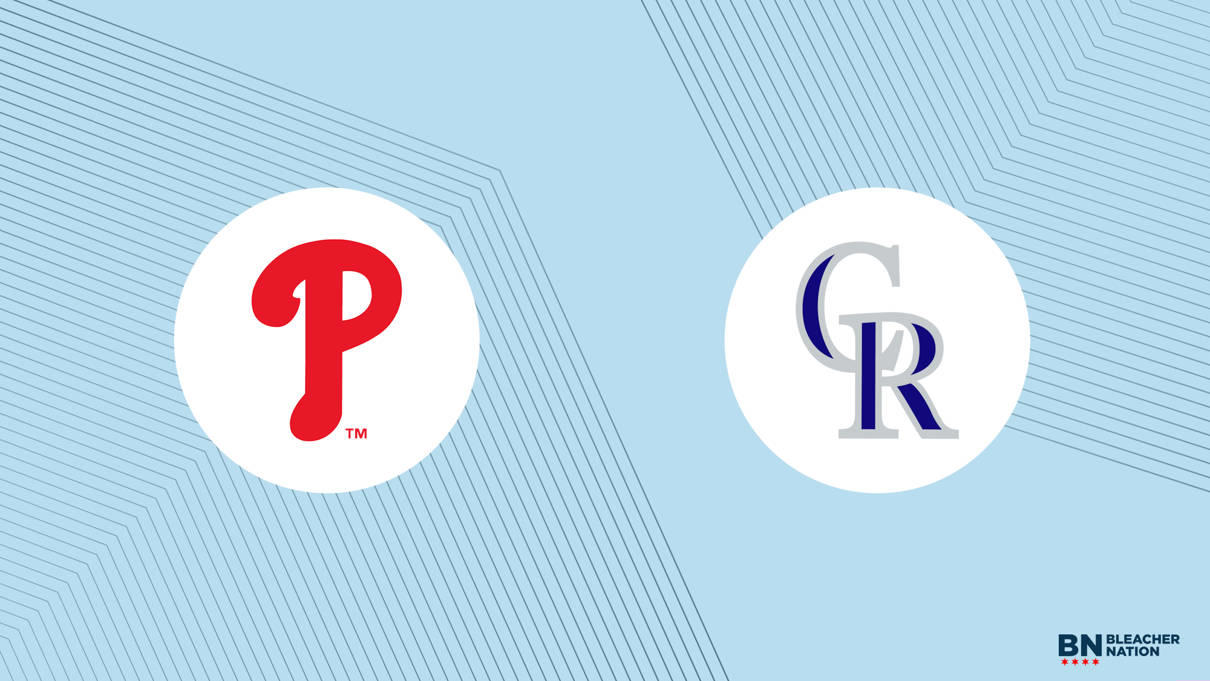The details of how the Cubs signed Matt Mervis as an undrafted free agent following the five-round 2020 draft are already apocryphal. We’ve heard Jed Hoyer called him right after midnight. We’ve heard no, it was actually David Ross. We’ve heard Matt loved his conversation with Justin Stone. We’ve heard he’d analyzed that the Cubs might trade Anthony Rizzo and have a hole at first base.
No matter the details, we know the Cubs were able to land their top target during that process (for a mere $20,000, thanks to limits imposed at the time), and we also know that Matt chose the Cubs as his destination.
Today, the investments both made in each other pay off, as Mervis has earned his call-up to the big leagues. He’ll be unfairly be cast as a savior for a struggling Cubs team, a completely unreasonable ask for a guy not 12 months removed from A-ball, even if I think he’s more than ready.
One thing that has been true since the day the Cubs signed Mervis is the thump in the bat:
It took Mervis, who recently turned 25, about two and one-third seasons to reach the Majors, with 234 games producing a minor league batting line of .276/.361/.529. He became such a quick sensation that he had his own line of shirts before he’d even reached the majors.
What’s so rare about his story is that the worst performance along the way for him was actually in Low-A, as Matt struggled with the Myrtle Beach Pelicans in 2021 and briefly fell a bit off the prospect map. Today, as he begins the trek towards losing that prospect designation, I’d rank him third.
He spoke with Aram Leighton last year in a good podcast about what changed between 2021 and 2022, which I’d summarize was a blend between minor swing changes designed to get to the ball quicker and more thoughtfulness put into his plate approach. It led to the Breakout of All Cubs Prospect Breakouts in 2022, a season that took Mervis from High-A South Bend to Triple-A Iowa, with 36 home runs and a Player of the Year Award coming from Matt’s hard work. He’d even add six home runs in the Arizona Fall League and play for Israel in the World Baseball Classic in a whirlwind calendar year.
Mervis is listed at 6-foot-2 and 225 pounds and in person seems even bigger than that (in the AFL, he made Yankees prospect Jasson Dominguez, literally nicknamed the Martian for his build, look small by comparison). He has hugely broad shoulders with the strength to smoothly hit balls out to the deepest parts of any park.
With that being said, let’s be clear on Mervis’ core competency: he’s a guy that looks to, and does, pull balls hard and in the air as often as possible. His contact point is as early as anyone in the system, and by the time he catches the ball there, his quite-rotational swing already has the full weight of his his body momentum behind it. It’s legitimate power that will play in any big league park, but should work particularly well with Wrigley’s right-center dimensions.
Mervis actively hunts for fastballs, but the move up the ladder demanded a quick adjustment to offspeed stuff. Triple-A has offered a huge learning curve in identifying and handling changeups, and 2023 has seen huge improvements in attacking southpaws: .300/.482/.700 in 27 PA so far. I disagree with the notions that he has holes on the inner third. In fact, I think opposing pitchers are best off trying to play off the outside corner, hoping his aggressiveness to pull the ball gets me a groundout to second. But I better not miss.
If there’s one part of his development I find bafflingly exciting, it’s the way the walk and strikeout rate evolved as Mervis got up the ladder in 2022. This never happens:
High-A: 4.6 BB% / 24.1 K%
Double-A: 8.7 BB% / 20.0 K%
Triple-A: 12.2 BB% / 15.3 K%
I spoke with Matt about this in the AFL, and while I don’t have his exact quotes, I can paraphrase: well, High-A had a lot more hittable pitches. I think what this tells you is that Mervis doesn’t have a plate approach with significant pre-planning. His plate approach is the function of the swing decision that every pitch presents in the moment. Big league pitchers can’t use aggressiveness or passiveness against him; he’s not tied to either philosophy. Throw a bad pitch, and he’s gonna hit it.
That being said, it’s fair to point out that Mervis will see fewer mistakes in the weeks to come than he ever has before at the plate. He’ll need to stay dedicated to taking walks and providing value in that department. Some struggles should be expected, and patience should be a requirement for Cubs fans. I think Matt will adjust to the increased pitch quality in time, but it’s always impossible to say how quickly that could happen (see Happ, Schwarber, etc.).
There have been a fair number of questions — and pleadings, and diatribes, and cuss words — about what took the Cubs so long to call up Mervis, and I do believe reports that the front office had developmental steps they still wanted to see. I think they’ve been answered, but if there’s one area demanding some patience, it’s with Mervis’ defense.
Mind you, he’s not bad. He’s just big, and not a particularly good runner, and really particularly not a loose mover. Don’t expect highlight dives down the foul line, or balancing the tarp as he reaches into the crowd for a ball. The task ahead of Mervis is to make the plays in front of him, to soften his hands and scoop as many as he can. He is a former pitcher, so the arm is there, which as we saw with Rizzo, is a useful addition a few times per year.
Hopefully the Cubs can use the excitement of Mervis’ debut to act as a fresh start after a rough road trip. It’s time to mash again, Cubs.

